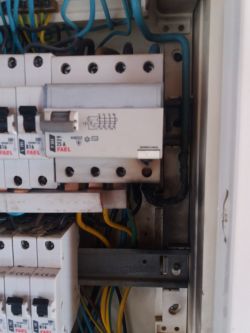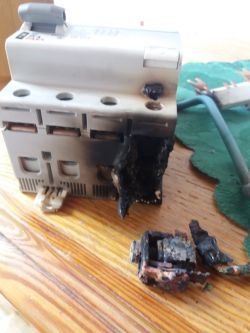Hello.
Please explain to me. Why can't 3-phase differentials be used in 1-phase installations? I've had this opinion a few times. Is the main reason only that when a 3-phase differential works because something happens on one of the phases, all phases are disconnected? It's all about not turning off the lighting in the house by rummaging at the socket? Or is there a better reason?
Everyone writes that single-phase differentials should be given, but no one explains why?
For example, this year I received a flat in a block of flats, new, just built, and there I have a 3-phase differential and only this one. In my parents' house in the countryside, there is also only one 3-phase differential. Are these installations wrong?
Please explain to me. Why can't 3-phase differentials be used in 1-phase installations? I've had this opinion a few times. Is the main reason only that when a 3-phase differential works because something happens on one of the phases, all phases are disconnected? It's all about not turning off the lighting in the house by rummaging at the socket? Or is there a better reason?
Everyone writes that single-phase differentials should be given, but no one explains why?
For example, this year I received a flat in a block of flats, new, just built, and there I have a 3-phase differential and only this one. In my parents' house in the countryside, there is also only one 3-phase differential. Are these installations wrong?




